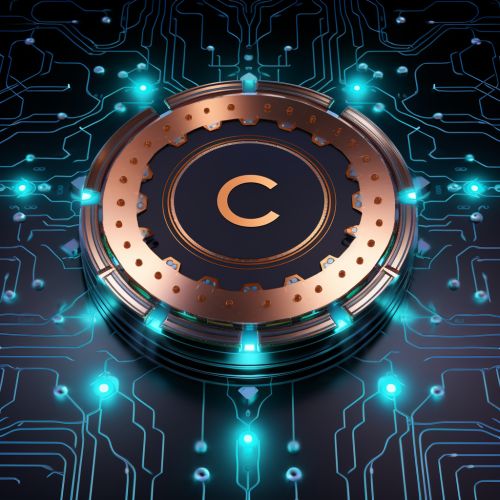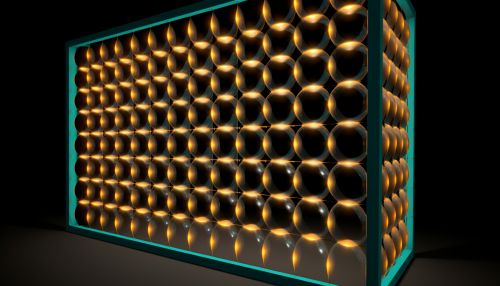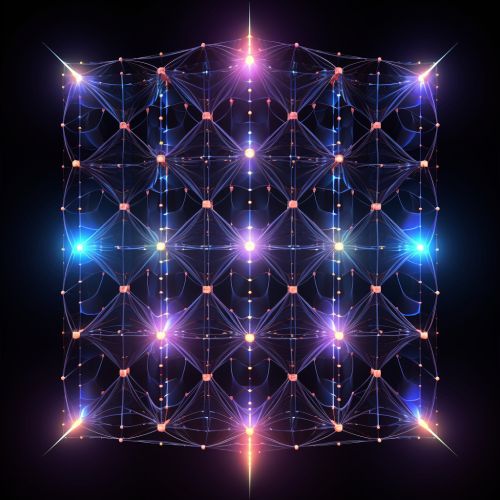Controlled NOT Gate
Introduction
The Controlled NOT gate (also known as the CNOT gate) is a fundamental quantum computing gate. It operates on two qubits, one of which is referred to as the control qubit, and the other as the target qubit. The CNOT gate flips the state of the target qubit if, and only if, the control qubit is in the state |1⟩.


Functionality
The CNOT gate is a two-qubit gate that performs a NOT operation on the target qubit, contingent on the state of the control qubit. In essence, it is a conditional gate. If the control qubit is in the state |1⟩, the target qubit is flipped. If the control qubit is in the state |0⟩, the target qubit remains unchanged. This operation can be represented by the following matrix:

Quantum Entanglement and the CNOT Gate
One of the most intriguing aspects of quantum computing is the phenomenon of quantum entanglement. This is a state where two or more qubits become linked, such that the state of one qubit is directly related to the state of the other, regardless of the distance between them. The CNOT gate plays a crucial role in creating entangled states. When a CNOT gate is applied to two qubits, one of which is in a superposition state, the resulting state of the two qubits is an entangled state.
Application in Quantum Algorithms
The CNOT gate, along with single-qubit gates, forms a universal set of quantum gates, which means that any quantum operation can be represented as a sequence of these gates. This makes the CNOT gate an essential component in many quantum algorithms, including the Quantum Fourier Transform (QFT) and Shor's Algorithm for factoring large numbers.
Physical Implementation
The physical implementation of a CNOT gate can be achieved through various means, depending on the physical system used for the quantum computer. In trapped ion quantum computers, for example, a CNOT gate can be implemented through a series of laser pulses. In superconducting quantum computers, on the other hand, a CNOT gate can be implemented through microwave pulses.

